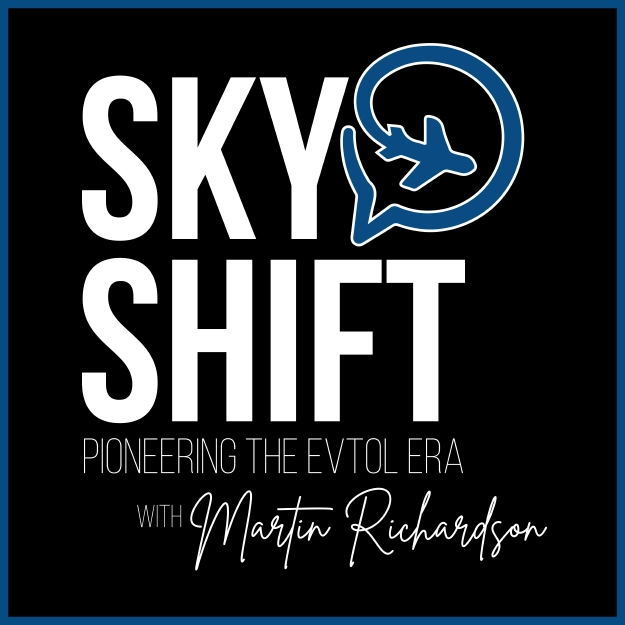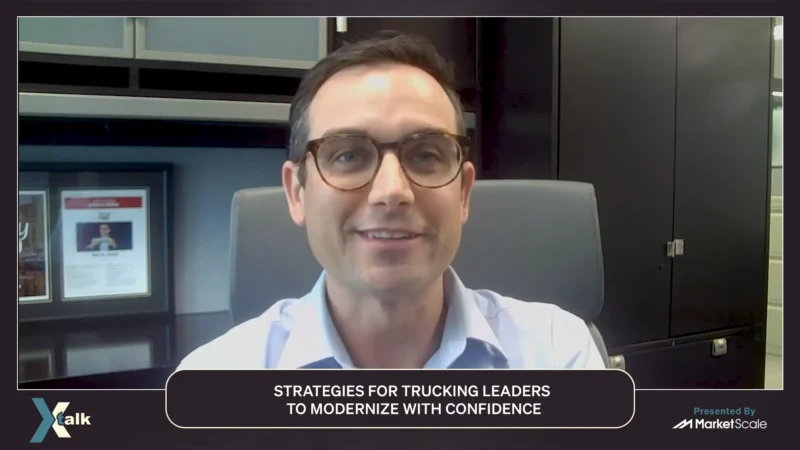Industry-Wide Collaboration and Historical Aerodynamic Insights Ensure eVTOL Safety
The electric Vertical Take-Off and Landing (eVTOL) sector is on the cusp of revolutionizing urban mobility, yet it faces significant aerodynamic challenges. With the rise of urban air mobility, the industry must navigate complex issues like vortex ring state and outwash effects. As the technology progresses, the stakes are high for ensuring safety and efficiency in design and operation.
How can eVTOL manufacturers and regulatory bodies work together to ensure safe and efficient designs while fostering industry-wide collaboration?
In this part 2 of a 2-part series of SkyShift, host Martin Richardson and aerodynamicist Richard Brown from Sophrodyne Aerospace continue the conversation by diving into the intricacies of eVTOL aerodynamics. The discussion covers the history of aerodynamic research in rotorcraft, its application to eVTOL, and the critical safety concerns that need addressing.
Key Discussion Points:
- Vortex Ring State: Understanding the risks and similarities between eVTOL and traditional rotorcraft, and how historical data can inform current designs.
- Outwash Phenomenon: Examining how downwash and outwash impact ground operations and the design of vertiports.
- Collaboration in the Industry: The necessity of sharing research and data among manufacturers to enhance safety standards and regulatory compliance.
Richard Brown is an experienced aerodynamicist at Sophrodyne Aerospace with a deep background in rotorcraft aerodynamics. His extensive research includes collaborations with regulatory bodies like the Civil Aviation Authority (CAA) to translate helicopter safety knowledge to the eVTOL domain. Brown holds a Ph.D. in Aerodynamics and has contributed significantly to advancing safe and efficient design practices in the aerospace industry.




